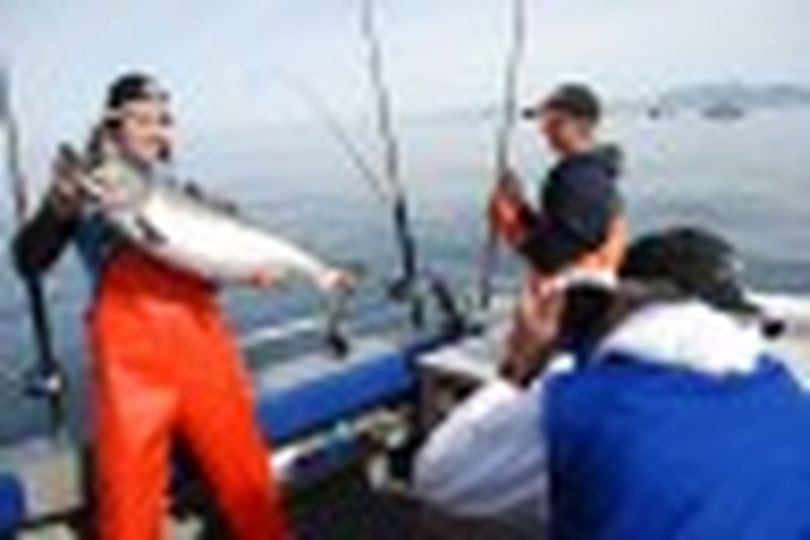King salmon retention stopped in southeast Alaska saltwater

FISHING -- Bad news for late-season Alaska salmon anglers from Ketchican to Yakutat: the state Department of Fish and Game announced today that the retention of king salmon is prohibited in all Southeast Alaska salt waters.
King salmon may not be retained or possessed, any king salmon caught must be released immediately and returned to the water unharmed. These regulations will be effective 12:01 a.m. Thursday, August 10 through 11:59 p.m. Saturday, September 30, 2017.
The Southeast Alaska king salmon sport fishery is managed under the directives of the Southeast Alaska King Salmon Management Plan (5 AAC 47.055). This plan prescribes management measures based upon the preseason abundance index determined by the Chinook Technical Committee of the Pacific Salmon Commission. The plan also directs the department to eliminate inseason regulatory changes, except those necessary for conservation purposes.
Many of the king salmon stocks that contribute to the Southeast Alaska commercial and recreational fisheries are experiencing record-low production. These stocks originate in Southeast Alaska, British Columbia, Washington, and Oregon. To comply with the Alaska Sustainable Salmon Fisheries Policy and the Pacific Salmon Treaty, extreme management measures are necessary to curtail harvests of these stocks. Retention of king salmon will be prohibited at 12:01 a.m. August 10, 2017 in the Southeast Alaska recreational fisheries and extend through September 30. Additional management actions beyond September 30 are also being discussed.
Most of the king salmon stocks that contribute to Southeast Alaska fisheries are exhibiting extremely poor production and will not meet escapement goals or management objectives in 2017. The stocks which are exhibiting low productivity would contribute roughly half of the remaining 2017 allowable catch (per the Pacific Salmon Treaty) in Southeast Alaska waters.
Inseason information received from a variety of agency and academic sources all indicate that poor production conditions are currently occurring and will persist through at least 2018. Therefore it is imperative that Alaska take action to reduce harvest and conserve king salmon stocks with a focus on future production.
